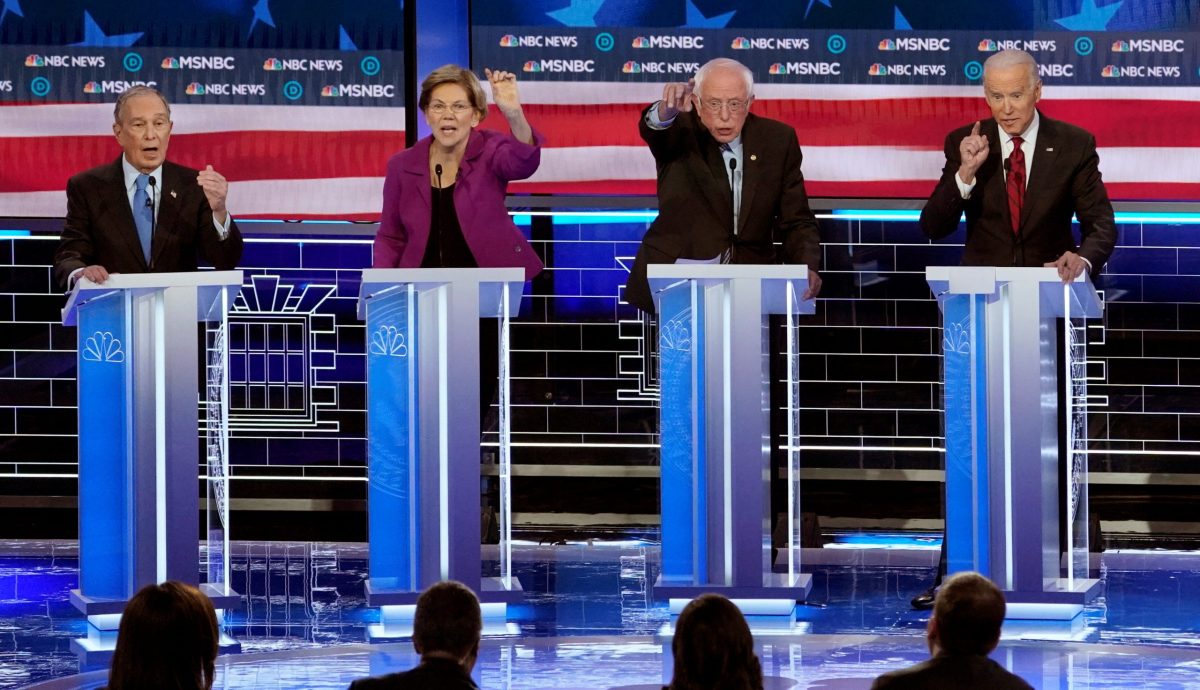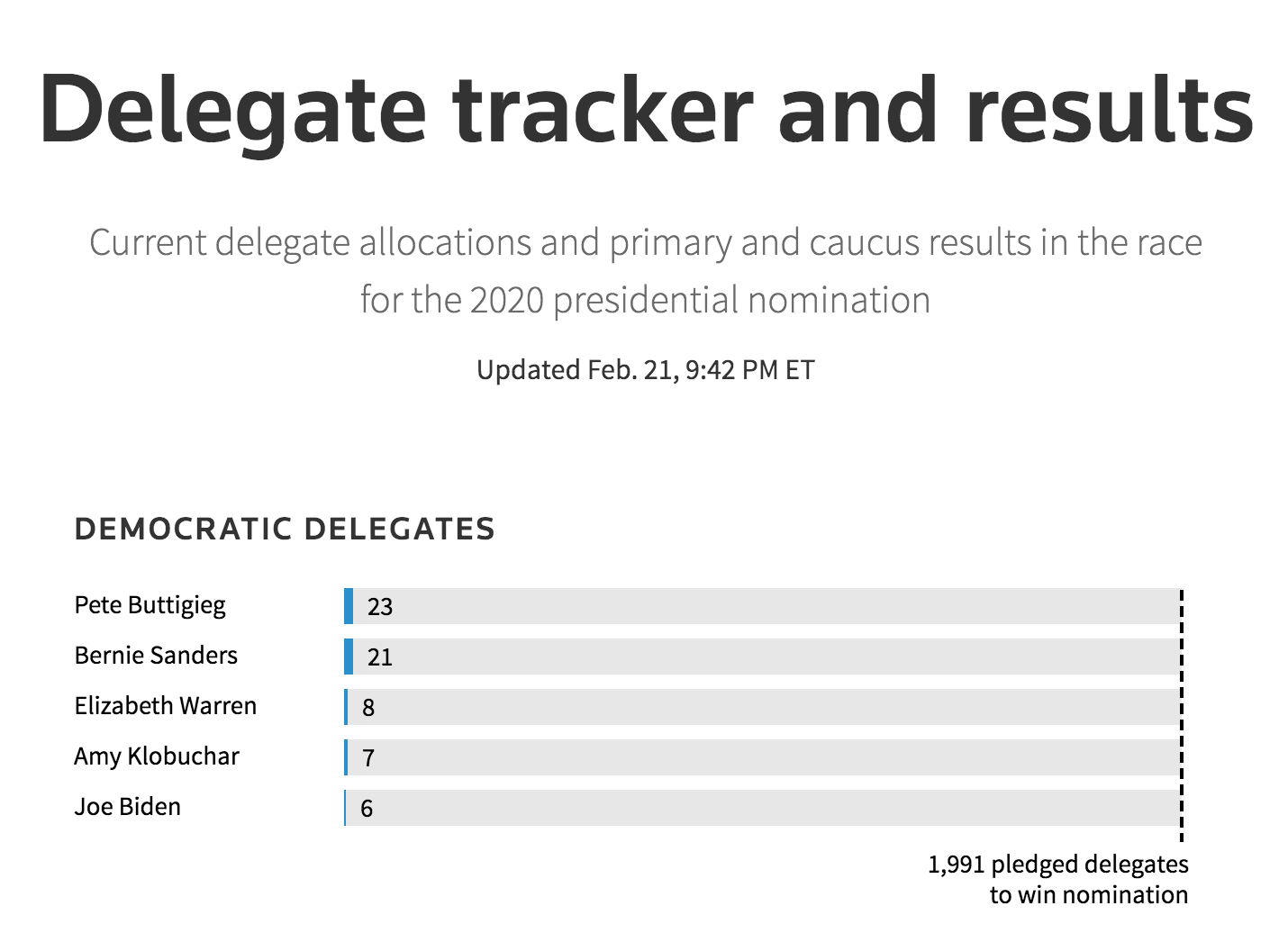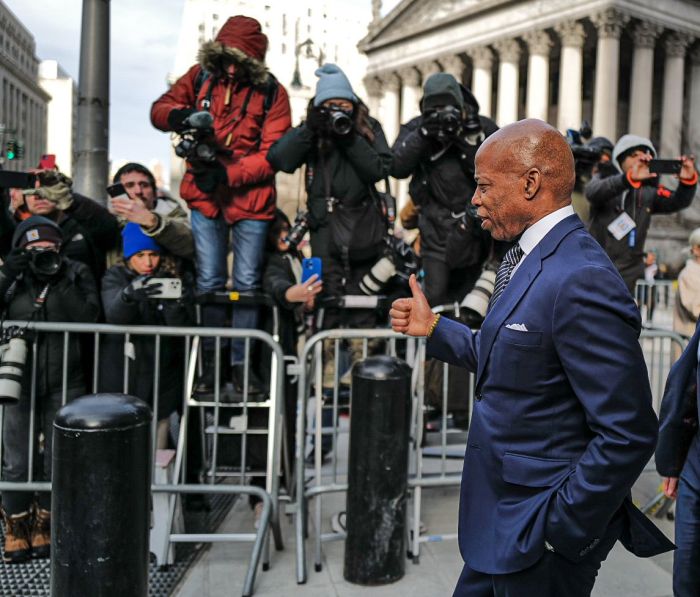BY GINGER GIBSON
Nevada Democrats will host hundreds of caucuses on Saturday, the third contest in the state-by-state presidential nominating process, almost three weeks after the Iowa caucuses caused mayhem when a technical meltdown delayed results.
The Democratic race has narrowed to eight candidates vying for their party’s nomination to challenge Republican President Donald Trump in the Nov. 3 election.
Even with the smaller field, the caucus system remains complicated and presents more potential challenges to the party, which came under heavy criticism when the Iowa vote went awry.
After the contests in the states of Iowa and New Hampshire, where the electorate is overwhelmingly white, Nevada is the first test with a diverse population. Nearly one-third of voters in the Nevada Democratic caucuses in 2016 were either black or Latino, according to entrance polls.
The western state represents a small slice of the nominating process, however, with just 36 delegates out of a total of 3,979.
Here is how the Nevada caucuses work:
Is caucusing similar to that of Iowa?
Like in Iowa, instead of heading to a polling site to cast their ballots, Nevadans will conduct a series of caucus meetings across the state to tally who they think should be their party’s nominee.
Nevada will hold caucus meetings at 250 locations for 1,736 precincts, similar to the number of precincts in Iowa.
In each caucus, voters will divide themselves up and sit or stand with others supporting the same candidate. If there are enough like-minded voters, their candidate gets a delegate, referred to as being “viable.”
Voters who pick a candidate who does not have enough support – often at least 15% of those attending the caucus – will be forced to make a second choice.
They will have three options: back a candidate who is already viable, combine forces with the supporters of another unviable candidate and make that contender viable, or leave. That process is known as “realignment.”
The meetings are held at the same time and are scheduled to begin at 12 p.m. PST on Saturday (2000 GMT).
Will Nevada use the same app?
Like Iowa, Nevada Democrats had planned to use a phone application to submit the results of the caucuses to the state party.
But after the app chaos in Iowa – which set off days of delay and mistrust about the results – Nevada officials said they would not be utilizing any applications developed by Shadow Inc, the tech company used by Iowa Democrats.
Both states designed extensive paper trails to back up electronic tabulation, but Nevada is still relying heavily on technology. A volunteer at each caucus site will use a tablet to check in voters and then to calculate whether a candidate is viable.
How does absentee voting work?
Nevada Democrats have designed a different system from Iowa to allow for absentee voting, which could complicate the process of tabulating support in individual caucuses.
The use of caucuses has frequently been criticized for omitting people who cannot vote in person at a set time, including people without childcare or who do shift work. Nevada has a significant number of shift workers because of its large casino and tourism industries.
This year, each state designed its own absentee process.
In Iowa, voters had to physically attend absentee caucus meetings, at different times or outside the state, and cast a vote in person.
In Nevada, voters who cannot attend a caucus must complete a paper ballot during the four-day early voting period that ended Tuesday. Those paper ballots are then used at their precincts as if the voter were there participating in person, with volunteers including their preferences in tabulations.
Nearly 75,000 people participated in the absentee voting, a majority of whom were first-time caucus-goers, Nevada officials said on Friday. About 84,000 voters participated in the last Democratic caucuses in Nevada in 2016.
The process makes doing math in the caucus more complicated. Nevada has therefore designed a special calculator application that will allow the volunteers doing tabulations to enter the numbers and determine the results.
When will we know the winner?
The Iowa caucuses were completed the night of Feb. 3 but it was not until late on Feb. 6 that all the results were reported publicly.
Nevada is hoping to avoid such a drawn-out debacle.
“We understand just how important it is that we get this right and protect the integrity of Nevadans’ votes. We are confident in our backup plans and redundancies,” Nevada Democratic officials wrote to campaigns last week.
Early results are likely to become available after 1 p.m. PST on Saturday.
Nevada will not use an app to report its results to the state party. Instead, volunteers will call a hotline to submit their results and then use a digital backup system to verify their submissions.
In Iowa, party officials circulated a phone number when the app stopped working, but the phone lines became overrun and further delayed the process. Nevada has not made public the phone number.
If something does go wrong, Nevada Democrats assured campaigns that the party “has provided a standard process for any presidential candidate to request a prompt and accurate recount.”




































